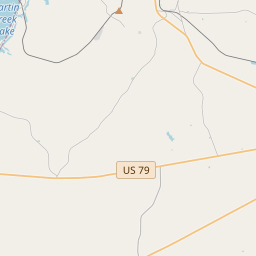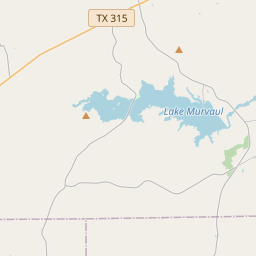Cedar Grove Baptist Church
Historical marker location:












Soon after the Civil War, settlers established a community here, naming it Snap after Snap Cariker, a physician and early resident. On May 14, 1905, several members of what was known as Six Mile Church met under the leadership of the Rev. W.A. Reagan and organized the Baptist Church of Christ at Old Six Mile Church. They continued meeting in the facilties of their former congregation until making plans to build their own sanctuary in 1911. At that same time, members changed the congregational name to Cedar Grove Baptist Church of Christ, dedicating a new sanctuary in 1912 and establishing a Sunday school program. Four years later,the congregation became affiliated with the Panola County Baptist Association, and within a few more years it became known simply as Cedar Grove Baptist Church. The church later affiliated with other area associations, and preachers from nearby towns led services once a month.
The largely agricultural community of Snap supported several businesses until World War II, after which its population slowly declined. The church, however, continued to grow throughout the 20th century, eventually conducting services twice monthly and in 1951 establishing a full-time pastorate. The congregation supported numerous programs during its first century, including women's, men's and youth service and study groups, and annual vacation Bible school. Continuing to grow, the congregation also continued to build new facilities for its various programs.
More than one hundred years after its founding members first met as a congregation, Cedar Grove Baptist Church continues its work and service. Family-oriented, the church provides a focal point for the numerous residents in the area. (2005)
As one of the most visible programs of the Texas Historical Commission (THC), historical markers commemorate diverse topics in Texas history, including: the history and architecture of houses, commercial and public buildings, religious congregations, and military sites; events that changed the course of local and state history; and individuals who have made lasting contributions to the state, community organizations, and businesses.
The cattle industry played a significant role in the development of Texas, with cowboys driving cattle from Texas to railheads in Kansas during the late 1800s and early 1900s.
The county was officially created in 1846 and named after a Native American word meaning "cotton." Cotton soon became the dominant crop in Panola County, and the economy thrived with the expansion of plantations and the arrival of the railroad in the late 19th century. Many enslaved people were brought to the county to work on these plantations, forming a significant part of the county's population.
During the Civil War, the cotton industry suffered greatly as a result of the blockade imposed by Union forces. Panola County saw its fair share of struggles and battles, with the county divided in its loyalties between the Confederacy and the Union. Reconstruction after the war brought further challenges, including economic difficulties and social tensions.
In the early 20th century, the discovery of oil brought a significant economic boom to Panola County. Numerous oil fields were developed, attracting a surge of workers and investment to the area. While the oil industry has remained a vital part of the county's economy, diversification has also taken place, including the development of timber and agriculture sectors.
Today, Panola County is known for its natural beauty, historical landmarks, and strong sense of community. With a mix of small towns and rural areas, the county offers a blend of history, culture, and outdoor recreational opportunities for residents and visitors alike.
Panola County Timeline
This timeline provides a concise overview of the key events in the history of Panola County, Texas.
- 1836 - Panola County is formed from parts of Harrison and Shelby Counties.
- 1837 - Carthage is established as the county seat.
- Late 1830s - Settlements are established in the area by pioneers.
- 1846 - The Texas Legislature incorporates Carthage.
- Late 1840s - Agriculture becomes a major industry in the county.
- 1861-1865 - Panola County residents serve in the Confederate Army during the Civil War.
- Early 1900s - The discovery of oil leads to economic growth in the county.
- 1930s - The Great Depression brings economic challenges to Panola County.
- 1960s - Civil rights movements advocate for equal rights in the county.
- 2000s - Panola County experiences growth in industries such as energy and healthcare.